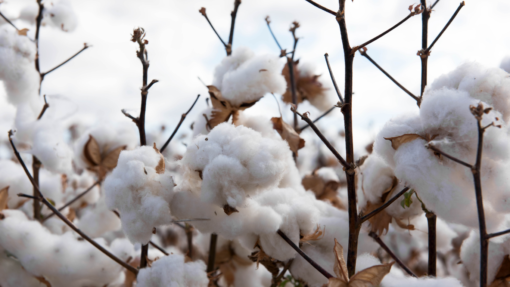The conflict between Russia and Ukraine has direct implications on the global supply of corn and wheat because of the relatively large quantities of those crops that those two countries produce and export. It is not surprising then that grain futures have risen sharply since the conflict began.
Neither Russia nor Ukraine are importers or exporters of cotton. So, the war and potential disruption of Black Sea shipping should have little direct effect on cotton trade. The impact on world cotton markets is more indirect, with a cotton price impact delayed and uncertain.
Relative prices of major U.S. crops have changed since the conflict began. For example, during January and early February, the ratio of CBOT Dec’22 corn to ICE Dec’22 cotton futures ranged between 5.7 and 5.9. Historically that outcome would have been associated with 12 to 13 million acres of all U.S. cotton planted (Figure 1). Such a level conforms to the early grower surveys of intended plantings, and also to USDA’s Outlook Forum forecast of U.S. cotton planted acreage.
More recently, however, as corn prices have risen, the corn: cotton futures price ratio has shifted higher, e.g., as of March 14, it was 6.3 (see Figure 1). The associated level of cotton acreage is roughly a million fewer acres compared to predictions from earlier in the year.
Now, the previous change can only happen if growers have enough time and the right technology (e.g., herbicide programs, seed availability) to adjust crop mixes at this late date. This point highlights the generally uncertain outlook picture for 2022. Assuming fewer cotton acres, the result would tighten up the U.S. cotton balance sheet and support summertime futures prices at higher levels than previously expected. Over the past 10 years, U.S. cotton has been responsible for a third of global cotton exports. The weather market volatility implied by the drought in the southern plains could be significant for prices and be further exacerbated by uncertainty about input decisions. The latter includes fuel and potash fertilizer, the costs of which could rise directly from trade disruptions out of Russia.

Robinson, John. “Indirect Effects of the European Conflict on Cotton“. Southern Ag Today 2(15.1). April 4, 2022. Permalink

